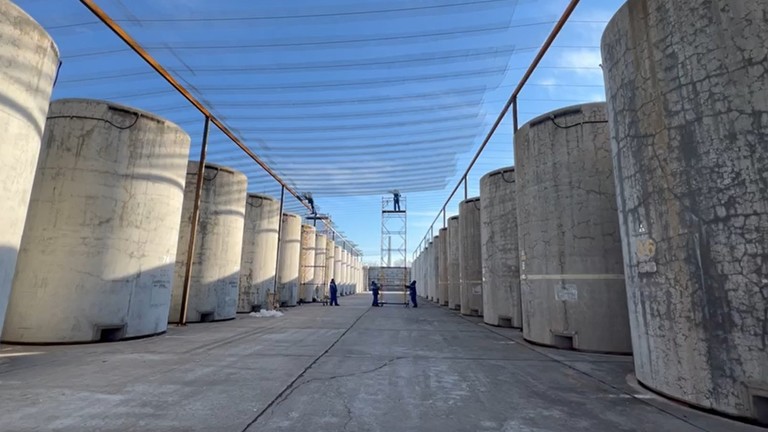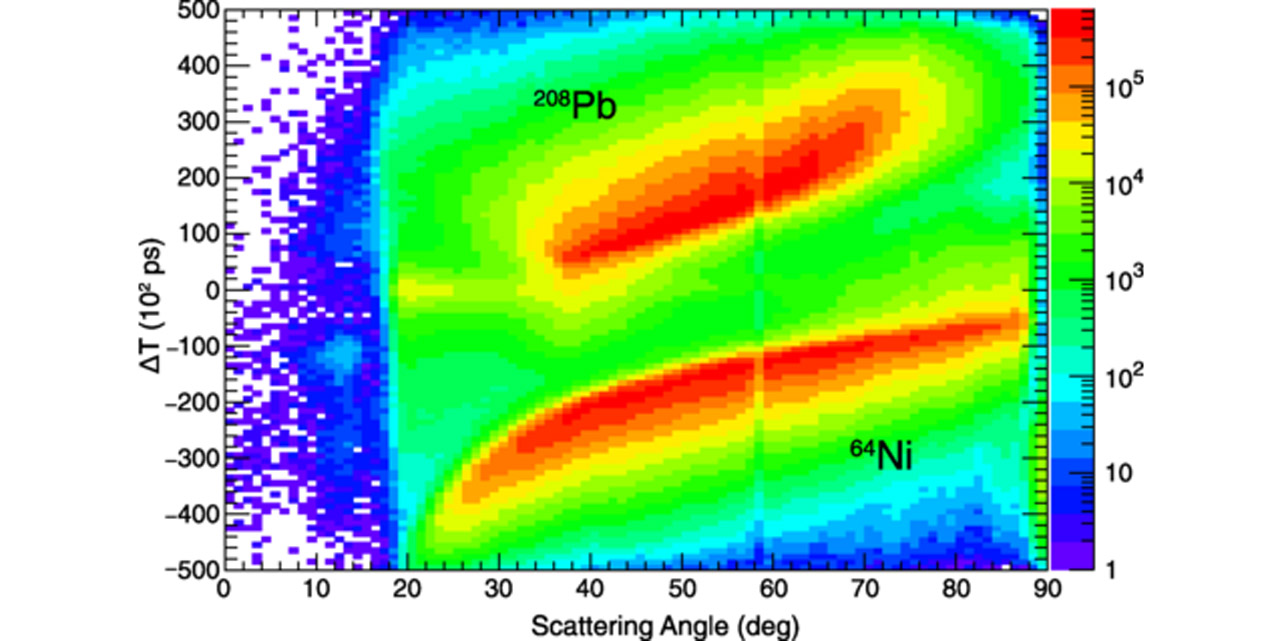From left: Womack, Greene, and Sena. (Photos: Southern Company)
Southern Company has appointed Chris Womack chief operating officer effective immediately and president as of March 31. Tom Fanning will relinquish the role of president upon Womack's assumption of the role in March and is to assume the role of executive chairman of the board of directors.
Womack has served as president of Georgia Power since 2020 and chairman, president, and CEO since 2021. Prior to his current roles, he served as executive vice president and president of external affairs for Southern Company.
"Chris's leadership, vision, and integrity during his career with Southern Company have uniquely prepared him to guide Southern Company into a new era," said Fanning. "With our recent progress at Plant Vogtle and continued conversion of our operations towards net zero emissions, I believe that now is an ideal time to transition to new leadership."
The moves were announced by the company's board on January 5.
Researchers are looking for the ideal characteristics of molten salt, which can serve as both coolant and fuel in advanced nuclear reactors. (Photo: Argonne National Laboratory)
Scientists are searching for new materials to advance the next generation of nuclear power plants. In a recent study, researchers at the Department of Energy’s Argonne National Laboratory showed how artificial intelligence could help pinpoint the right types of molten salts, a key component for advanced nuclear reactors.
This image from a video reportedly shows the start of installation of a protective covering over spent fuel storage tanks at the Zaporizhzhia nuclear power plant in Ukraine. (Image: Telegram/Vladimir Rogov)
Russia has begun construction of protected covering at Ukraine’s Zaporizhzhia nuclear power plant, according to a December 17 report from Russian news outlet RT. The story has been picked up in the West by some news agencies but has not been widely circulated.
Vladimir Rogov, a Russian-appointed official in Zaporizhzhia Oblast, said, “Russia is constructing a protective dome over spent radioactive fuel stores at the [Zaporizhzhia] nuclear power plant as Ukrainian forces continue to target the facility.”
A figure from the “Multistep Coulomb excitation of 64Ni” that shows the time-of-flight difference between the projectile and target recoils as a function of scattering angle measured with the CHICO2 detector. A clear separation between the Ni-64 (bottom) and Pb-208 (top) ions is observed. (Credit: Physical Review C/American Physical Society)
A study published recently in the American Physical Society journal Physical Review C reveals new findings about the strong nuclear force, the mysterious fundamental force that holds together the protons and neutrons of the atomic nucleus. Experiments conducted at Argonne National Laboratory have shown how the round, heavy nuclei of the nickel-64 isotope (containing 28 protons and 36 neutrons, making it the heaviest stable Ni isotope) changed into one of two shapes—either like a doorknob or a football—depending on the amount of energy exerted on it. A summary of the research on the Phys.org website compares the nuclei shape change to popcorn kernels changing shape when heated in a microwave.









